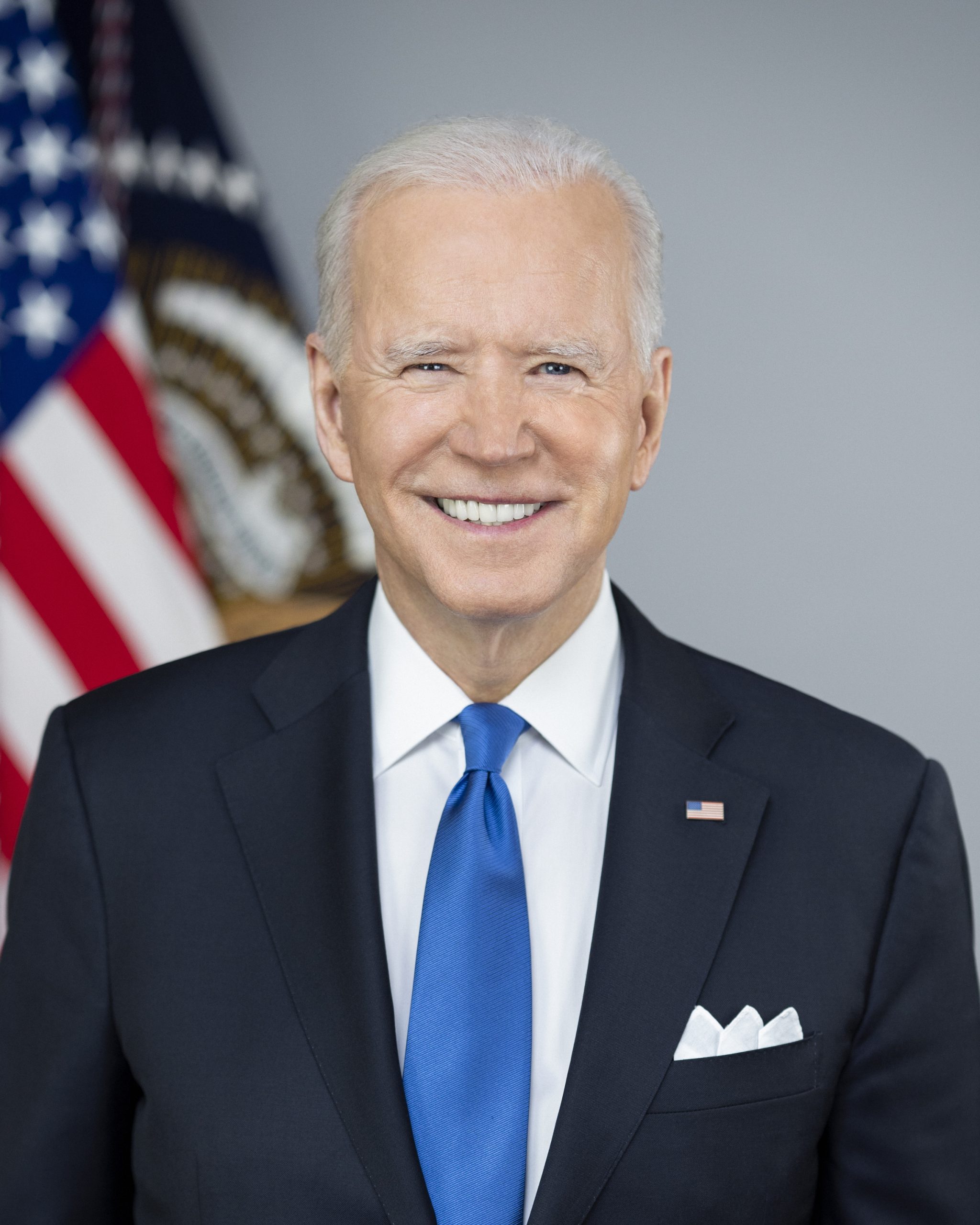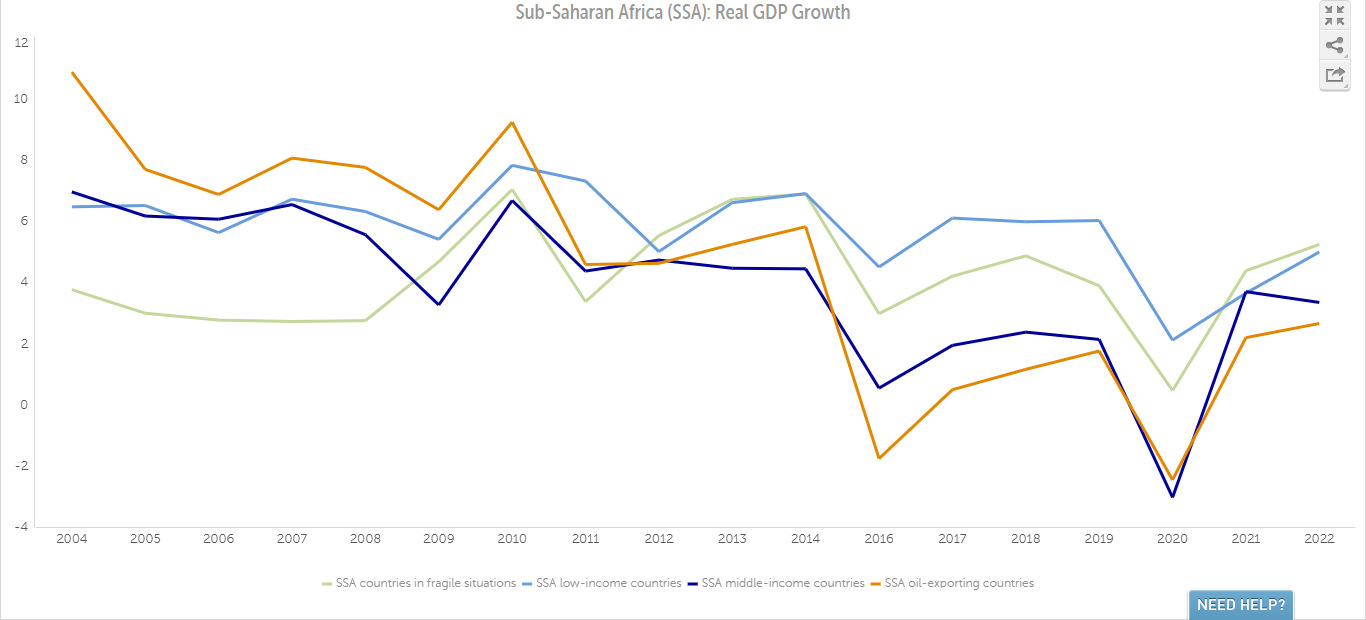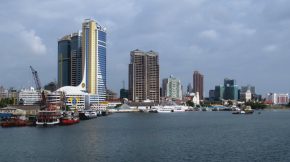China to widen its economic influence by “One Belt, One Road”
Share

In response to expected flat world trade growth abroad and moderating economic activity at home, China is packaging a series of initiatives to help bolster both. China’s recently announced “One Belt, One Road” plan embraces twin goals to tackle these challenges.
‘One Belt’ refers to the economic belt along China’s traditional Silk Road connecting China with Europe. The ‘One Road’ is the new ‘Maritime Silk Road’ between China, Southeast Asia and Africa. The aim is for China to invest in the infrastructure and linkages associated with these ‘Roads’ to help bolster its overseas trade. This in turn will stimulate production and consumption demand at home.
In one policy, China hopes to address challenging internal and external economic headwinds and rebalance its economy.
By ‘rebalancing’, Beijing intends to promote the development of a consumption-led economy, to supplement its traditional success in exports. The policy will also have the planned benefit of spurring economic growth in its laggard western provinces, to compliment the economic dynamos in the east of the country.
If all goes to plan, China’s President Xi Jinping predicts “One Belt and One Road” will lift China’s GDP this year by 0.25 per cent. In the next decade, he estimates, it will comprise annual trade volumes, between China and belt and road countries, surpassing USD 2.5 trillion. The policy is expected to benefit a massive 4.4 billion people in 65 countries.
An example of how this policy is intended to work is in infrastructure development. China has far more steel than it needs. A shrinking construction market at home has meant a surplus is piling up. Meanwhile, many developing countries in Asia suffer from massive infrastructure deficits. China has the capital, expertise and excess capacity to bridge these gaps. By investing in Asia’s infrastructure needs, China is helping Asian economic development abroad and priming demand for its domestic heavy industry at home.
The policy will reinforce China’s centre stage position in Asian trade and transport. China’s vast transport and shipping sectors would be the biggest beneficiaries of this initiative. Agriculture, textiles, telecommunications, financial and high-tech sectors are also expected to see knock-on benefits.
China’s Western provinces in line to benefit from the Silk Road renewal include Gansu, Qinghai, Shaanxi, Shanxi and the plans incorporate Inner Mongolia to the North – a total of 18 provinces and regions have been selected as key development zones for the initiates.
Beijing has vowed to allocate an initial investment of USD 40 billion to set up a Silk Road fund for the construction of major infrastructure such as high-speed railways, bridges and ports in Southeast and Central Asia. This figure is above and beyond the USD 64 billion of new investments already announced for infrastructure projects.
To cope with the huge funding need, Beijing is launching a new supra-national financial body – the Asian Infrastructure Investment Bank (AIIB) to make “One Belt, One Road” happen. AIIB has garnered support from 57 countries as prospective founding members. This will create a large fund that can be sought by countries to develop infrastructure throughout Asia. China is proposing to furnish USD 100 billion worth of authorised capital, to give the AIIB the financial firepower needed to turn the plan into reality.
The Asian Development Bank (ADB) estimated that around USD 8 trillion of investment will be needed in the Asia Pacific region between 2010 and 2020 to improve its infrastructure. However, the ADB provides only around USD 21 billion per year. This has led to the creation of a number of new multinational, quasi-sovereign entities.
From Beijing’s perspective, developments under ‘One Belt, One Road’ and via the AIIB are part of a bigger picture. This is to encourage the further economic integration of participating countries and the formation of a new regional economic trading and investment bloc. More importantly, it will expand the global use of the Chinese currency, increasing the speed of the renminbi’s internationalisation.
In that regard, Hong Kong has an active role to play as a financial hub for the developments envisaged by Beijing. The territory is already the world’s default trade, services and financial gateway to China. In particular, it provides a wide range of professional services and financing options to facilitate Chinese enterprises going out, and vice versa.
“One Belt, One Road’s” investments will result in more widespread use of renminbi. Since China will be responsible for most of the financing, it is likely that some of the financing will be provided in renminbi rather than in US dollars to help push the agenda of renminbi’s internationalisation and capital account convertibility. Renminbi is already the second most used currency in trade finance. In March this year, renminbi climbed to the top five most used global payment currency, according to Swift.
Hong Kong can leverage its strength in financial services as the prime “One Belt, One Road” fundraising hub to provide a wide range of financing options including offshore renminbi financing. Hong Kong has become the premier centre for offshore renminbi business which has the largest renminbi liquidity pool outside mainland China. Last year, renminbi trade settlement handled by Hong Kong banks reached 6.3 trillion yuan – an increase of 60 per cent on the previous year. It is anticipated to grow even further with the “One Belt, One Road” initiatives.
At the end of 2014, Hong Kong’s renminbi pool amounted to more than 1.1 trillion yuan – including certificates of deposits – making Hong Kong the world’s largest offshore RMB hub. The outstanding dim-sum bonds reached to 381 billion yuan at the same period, while more than 100 issuers issued bonds totalling 197 billion yuan through the whole year. Dim-sum bond market is now the largest outside of mainland China.
The Shanghai-Hong Kong Stock Connect is a new channel for the cross-border use and circulation of renminbi. A stock connect between Shenzhen and Hong Kong is also expected to be launched in the second half the year. These underpin Hong Kong as the unrivalled global hub for renminbi financing.
Given the huge opportunities that will arise from the “One Belt, One Road” initiative, Hong Kong should convince the AIIB and the Silk Road Fund to set up their financing and treasury service centres in the territory and efficiently manage their fund resources.
With Hong Kong already being the premiere renminbi offshore hub, it will provide mainland enterprises and international investors with the broadest range renminbi services. Cross-border trade settlement, bond issuance and a slew of other services will be catered for. As trade and various other economic activity along the “One Belt, One Road” expands, so too will the demand for settling in renminbi, initially to mitigate exchange risks.
}]









